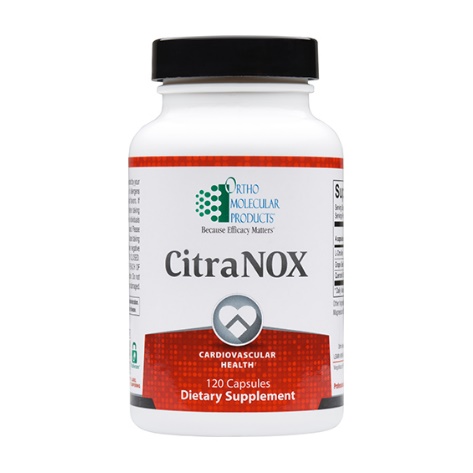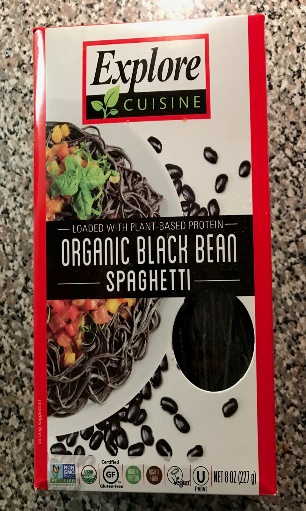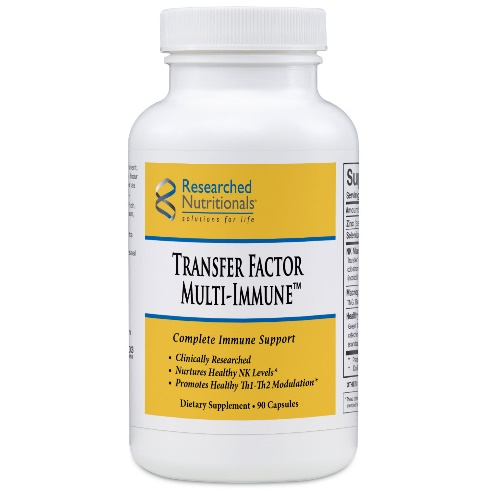Category: Articles

Learning a New Nutrition Lifestyle
By Nancy Mehlert, MS Your current nutrition lifestyle is a deeply ingrained habit. You are good at it. You do it without thinking. It's second nature. Learning anything new takes learning and practice. To learn a new language, sport, or to drive a car requires that you learn it and then practice it, over and…
Read MoreDIY Health Reset Protocol
Thank you for purchasing the Do-It-Yourself Health Reset Protocol Kit. Be sure to read your instruction e-book carefully, where you will find answers to all of your questions. Additionally, listen carefully to the videos included with this kit, which further explain everything needed for success. Your Kit has all of the supplements needed to complete…
Read More
Is Stress Causing your Pain, or is Pain Causing your Stress?
By Guest Contributor Christine Prohl, BodyMind Coach and Integrative Massage Therapist Edited by Mila McManus MD We live in a world that values busyness and achievement and we've been taught to ignore the warning signs our bodies are sending us. BodyMind coaching is a combination of a massage and a structured coaching conversation which helps…
Read More
CitraNOX*
By Ortho Molecular Products CitraNOX is formulated specifically to maintain healthy blood pressure levels by enhancing endothelial cell and arterial function. Using a combination of high-dose L-cirtulline, quercetin and grape seed extract, CitraNOX delivers full-spectrum support to help maintain normal inflammatory balance, arterial elasticity, optimal nitric oxide levels, and blood flow. Citra NOX provides a…
Read More
Truth In Labeling: You Just Never Know
By Nancy Mehlert, MS Here is a great example of the uncertainty of ingredient labels and the fact that manufacturers have a great deal of leeway regarding what they put on the label. In March 2016, I spotted this product (Left) and while “ Made in China” gave me pause, my confidence was regained when…
Read More
Food Gums in “Healthy” Foods
By Nancy Mehlert, MS Gums are common food additives used to add stickiness, thicken, prevent separation of ingredients, and improve texture. In a small amount, they are generally considered safe. When larger quantities are consumed, there can be reason for concern. You may be surprised how easy it is to be eating a lot of…
Read More
Transfer Factor By Researched Nutritionals
Transfer factors exist naturally in the human body and are short strands of amino acids and small bits of ribonucleic acid (RNA). According to Aaron White, Ph.D. and author of Transfer Factors & Immune System Health, “research strongly suggests that transfer factors are effective for helping the body beat an array of disease states that…
Read More“Doing Awesome!”
[expand title="Doing Awesome!"] A. is doing awesome! Tomorrow is actually day 6. Being off the probiotic was hard on her but she's doing much better now. Tell Dr. McManus that she is a blessing from heaven because since the Wednesday night after her appointment A. has been falling asleep at night so quickly and staying…
Read More
Help Heal Your Body from the Inside Out
By Guest contributor Tyler Hamel, DC Edited by Mila McManus, MD Chiropractors evaluate the spine and nervous system to determine whether issues with these are affecting your health condition. Your neck pain, back pain, sciatica, or migraine headaches may be caused by spine/nerve irritation and, if that’s the case, chiropractic treatment can help. What is…
Read More
Take Charge of Your Health
We believe in empowering you to be an active participant in your health journey. With our guidance, simple lifestyle adjustments can yield profound results. Let us be the bridge to a healthier, happier you.
SCHEDULE AN APPOINTMENT